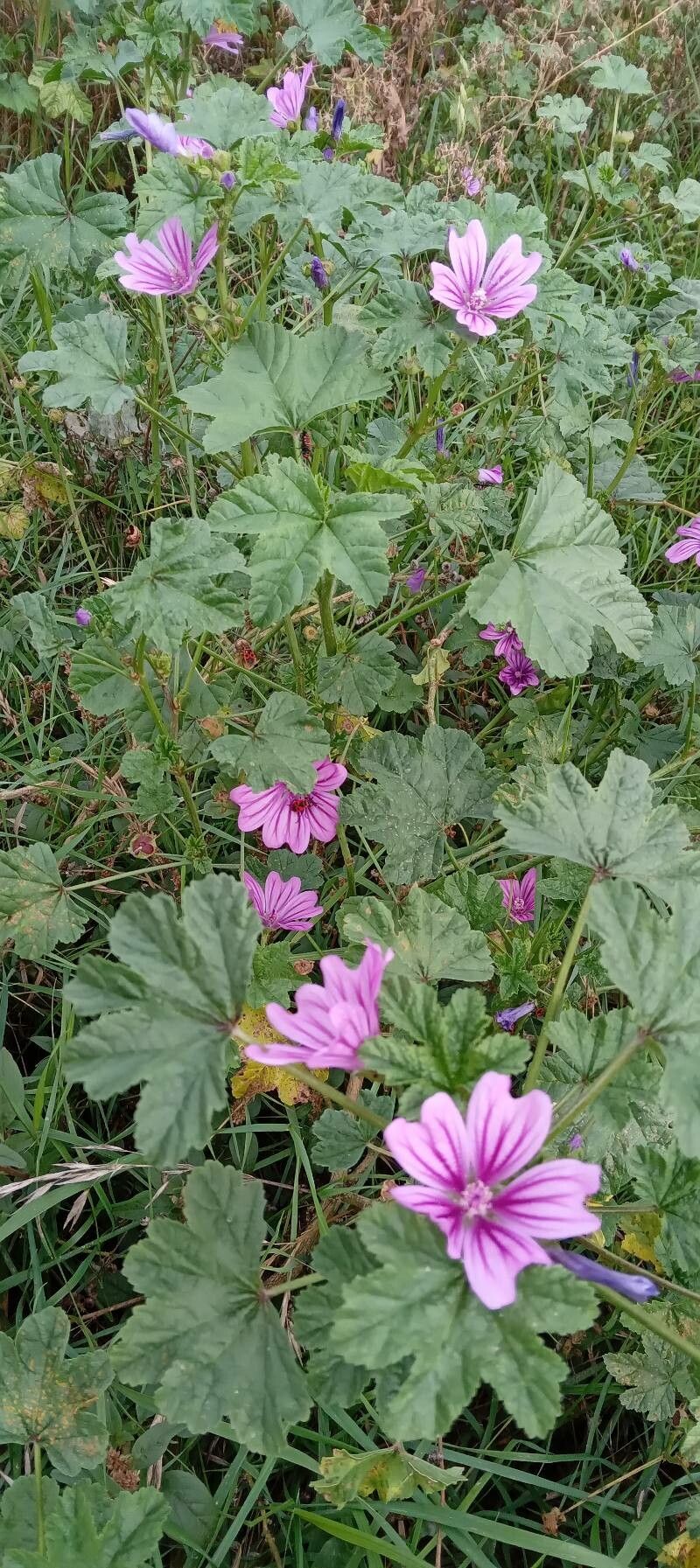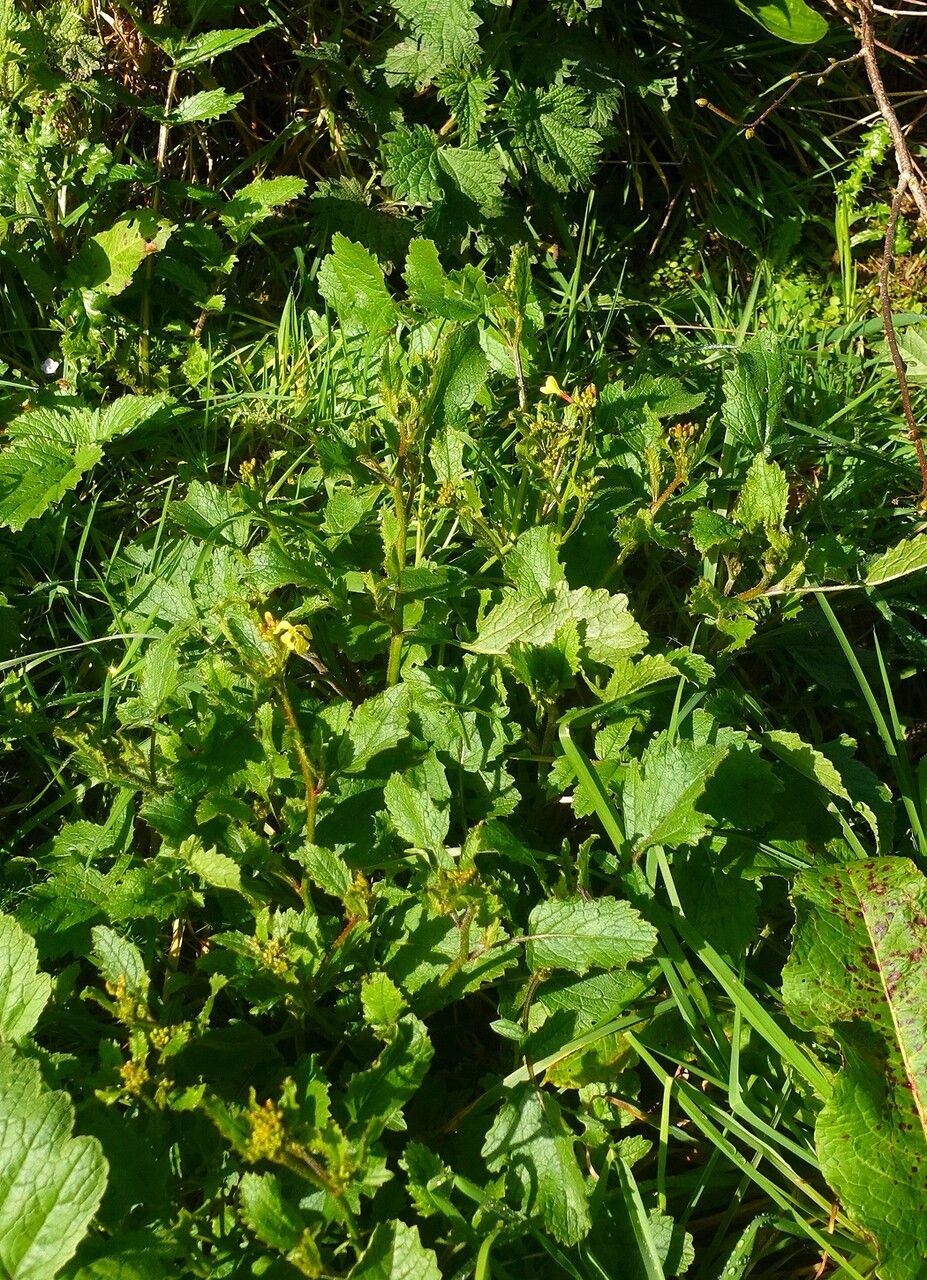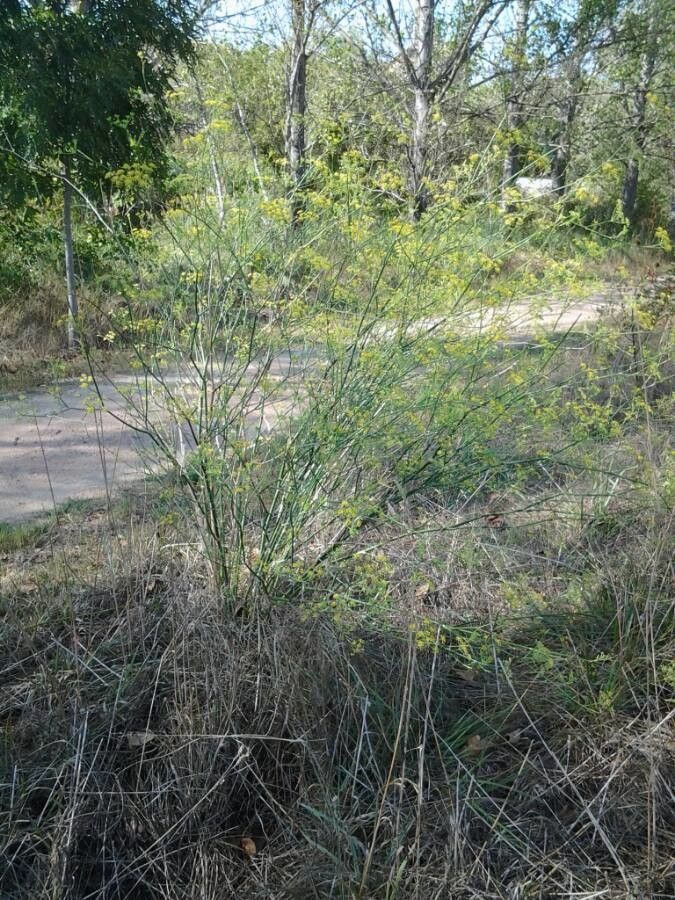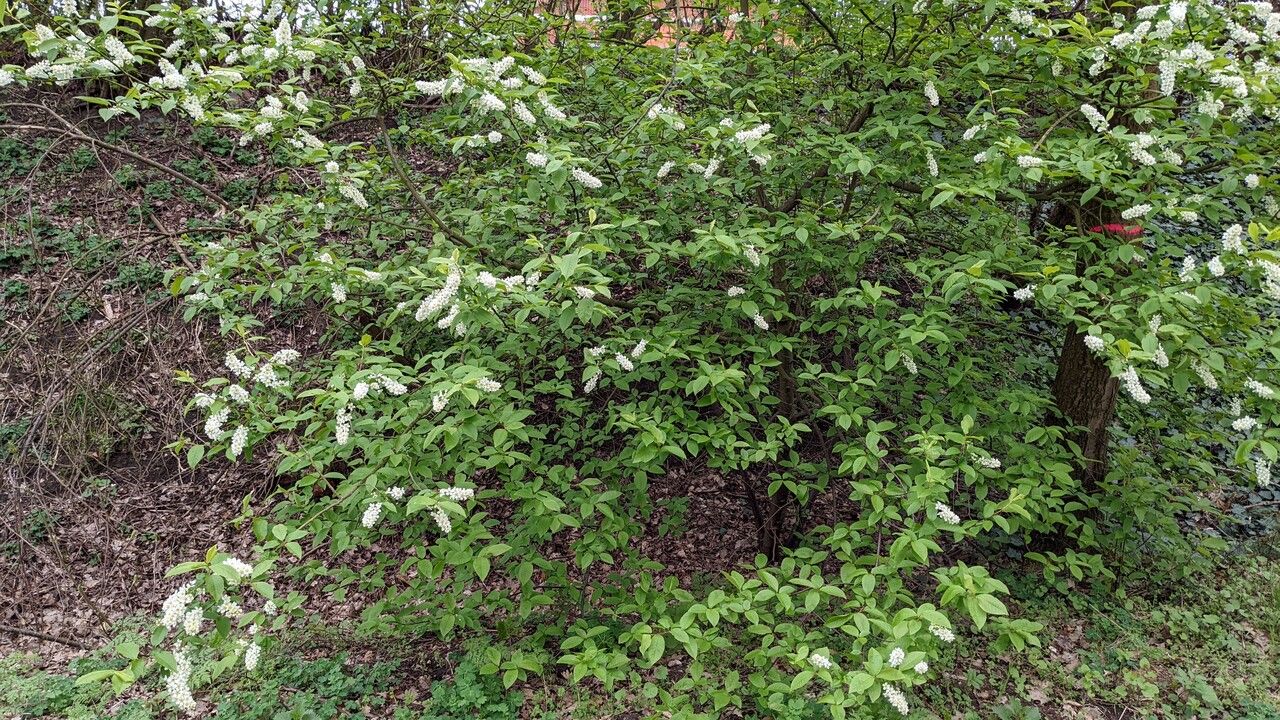## Blue Mallow: A Gardener's Delight
The Blue Mallow ( *Malope trifida*), a captivating member of the Malvaceae family, is a beloved addition to gardens worldwide. Its vibrant blue flowers, delicate foliage, and relatively easy care make it a popular choice for both seasoned gardeners and beginners. This comprehensive guide will explore everything you need to know to successfully cultivate this stunning plant.
### Botanical Profile
Blue Mallow, also known as *Malope trifida*, is an annual or short-lived perennial plant, depending on the climate. Its native range spans the Mediterranean region, but its adaptability has allowed it to thrive in diverse environments across the globe. The plant typically reaches heights between 1 and 3 feet, boasting a bushy habit with palmately lobed leaves. The showstopper, however, is its profusion of vibrant, saucer-shaped blue flowers, often with a darker center. These blooms appear throughout the summer, attracting pollinators like bees and butterflies.
### Habitat and Growth
Blue Mallow thrives in full sun to partial shade. A location that receives at least six hours of sunlight daily is ideal for optimal flowering. While it tolerates some shade, prolonged periods of shade can lead to weaker stems and reduced blooming. This plant is remarkably adaptable to various soil conditions, but it performs best in well-drained soil. Poor drainage can lead to root rot, a significant threat to the plant's health. A sandy loam or clay loam mix is generally suitable.
### Planting and Care
Blue Mallow can be easily grown from seed, either directly sown outdoors after the last frost or started indoors several weeks beforehand. For direct sowing, scatter seeds thinly and cover lightly with soil. Keep the soil consistently moist until germination, which typically occurs within 1-3 weeks. When planting seedlings, ensure the roots are not disturbed and space them appropriately to allow for growth.
Regular watering is essential, especially during dry periods, but avoid overwatering which can lead to root rot. Deadheading (removing spent blooms) encourages continuous flowering throughout the summer. Fertilizing is generally not necessary, but a balanced fertilizer applied once or twice during the growing season can promote vigorous growth and abundant flowering. In colder climates, Blue Mallow might be treated as an annual, but in warmer regions, it can persist for several years.
### Pest and Disease Management
Blue Mallow is relatively pest and disease resistant. However, occasional infestations of aphids or other insects might occur. These can usually be controlled with insecticidal soap or neem oil. Fungal diseases can also be a problem in conditions of poor drainage or excessive moisture. Ensuring good air circulation and avoiding overhead watering can help prevent these issues.
### Uses and Cultivation
Blue Mallow's beauty makes it an excellent choice for borders, cottage gardens, and containers. Its height and bushy habit make it ideal as a background plant in flowerbeds or as a specimen plant in a pot. It is also attractive to wildlife, making it a great addition to a pollinator garden. Additionally, its adaptability to different soil conditions makes it a versatile plant for a range of gardening contexts.
### Conclusion
The Blue Mallow offers stunning blue blooms with relatively low maintenance requirements. With its adaptability and ease of cultivation, this charming plant is a rewarding addition to any garden, bringing a touch of Mediterranean beauty to your landscape.
Blue Mallow: Planting, Care & Growing Guide

Frequently Asked Questions
How to grow blue mallow from seed?
Sow seeds directly outdoors after the last frost or start indoors 6-8 weeks before. Keep the soil moist until germination. Space seedlings appropriately.
What type of soil does blue mallow need?
Blue mallow prefers well-drained soil. Sandy loam or clay loam works well. Avoid poorly draining soil to prevent root rot.


